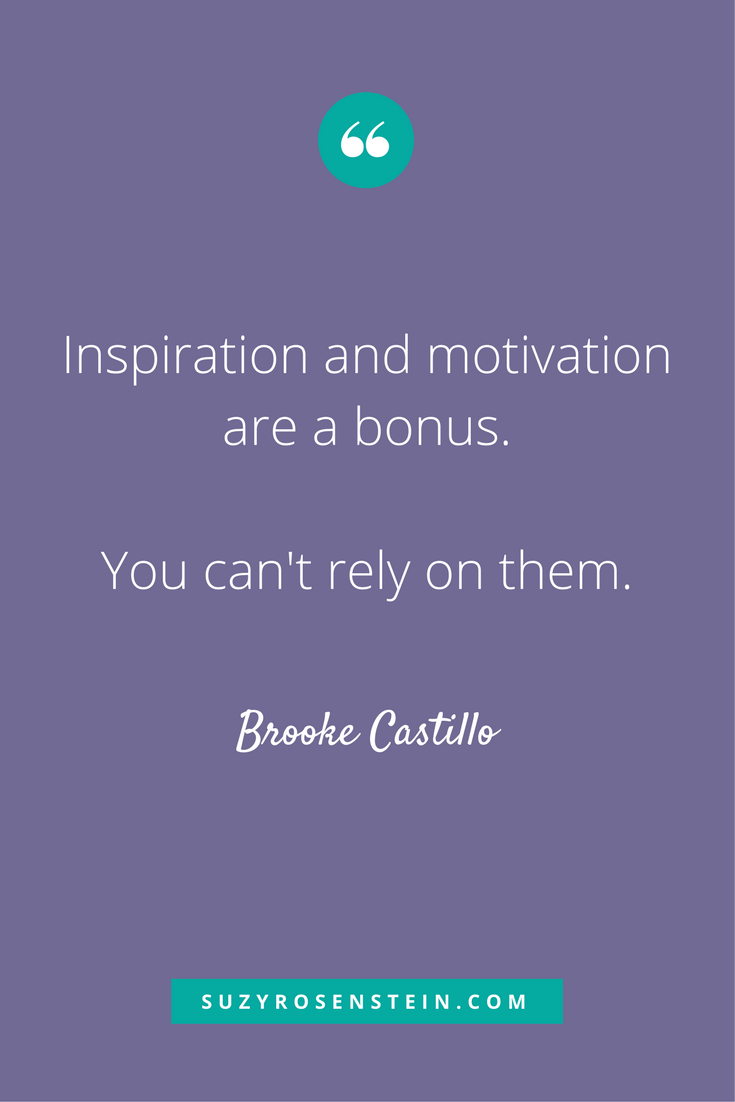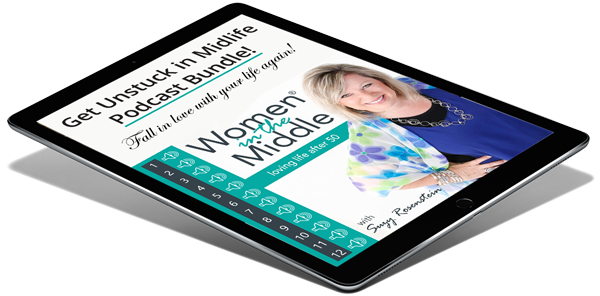People who know me well are quite aware of my love of seafood. I really love eating at seafood restaurants.
I guess the bottom line is that I love when someone else makes food for me. Don’t we all?
My aunt and uncle from Palm Springs share this love and took me to a wonderful restaurant recently in San Diego. Of course, we all know how great it is to go to a seafood restaurant when you’re near the ocean. So fresh! I was so excited.
I love ordering food at a restaurant and pride myself in making great choices.
I saw a surf and turf combo on the menu. Broiled shrimp and scallops with steak done to perfection. All of my favorites on one plate. Terrific!
I’ve been working on connecting to my hunger and satiation.
I’m getting so much better at it recognizing when I’m hungry and when I’m not. It’s one of the huge benefits of being a life and weight coach. I’ve learned these skills to help both my clients and myself.
We use a hunger scale for physical hunger; it’s from -10 (starving) to +10 (stuffed). The goal is to eat between -2 to +2. The idea is to use the scale as a gauge as to when to feed your body or stop feeding your body. Zero is neutral, when your body is neither full nor hungry. When eating between -2 to +2, you generally don’t feel deprived and you also feel light and satisfied. Love that.
I noticed I was starting to get full.
I had already eaten too much and was probably at about +3 or +4, but my favorite food was still on my plate. Uh oh. I was definitely feeling full and was…
…mildly uncomfortable;
…aware that I shouldn’t have eaten the bread; and
…figuring out what I thought about the delicious food still on my plate. Specifically, one shrimp and one scallop. Both large. Both delectable (I know this because I had already eaten one of each, as well as a small steak).
Then something extremely unusual happened.
 I asked my uncle if he wanted to eat my shrimp. I thought I would never see this day that I would take a pass on finishing a favorite food. Yet it happened so naturally. I was no longer hungry at all. Made perfect sense to stop eating, right?
I asked my uncle if he wanted to eat my shrimp. I thought I would never see this day that I would take a pass on finishing a favorite food. Yet it happened so naturally. I was no longer hungry at all. Made perfect sense to stop eating, right?
But the big test was the scallop.
I had never, in my entire life, left something so desirable to me on my plate at a restaurant.
But…
I wasn’t hungry. I noticed this. I acknowledged this. I couldn’t deny it.
No one wanted the scallop. I was flying home the next day and leaving at 6:00 am so it made no sense to take it to the hotel and eat it later.
I transferred the scallop to my small appetizer plate and sent my dinner plate back with the waiter; my plate still had veggies and mashed potatoes on it. But this food didn’t present a conflict for me like the scallop did.
So there sat my scallop.
Just to my left.
Alone on the plate.
I was very aware of what was going on in my mind during the whole experience – both while I was eating and thinking about eating.
I was aware that I felt badly about wasting food and also about wasting the life of the scallop, for no reason.
But I was also aware that my body didn’t need any additional fuel. I know that it’s a waste to add fuel by eating when you don’t need more fuel.
So I did it. I decided to send the scallop back too.
Guess what?
Everything was OK. I felt great about making a decision that was good for me. I know I can have my favorite seafood another time, in another place.
When you’re full, any additional food you eat is really garbage. Your body doesn’t need it.
So interesting.
So important to connect thoughts, feelings, hunger and satiation.
So great to know that I mastered the art of NOT finishing what was on my plate.
How can you master the skill of leaving food on your plate?
- Take a look at your thoughts about leaving food on your plate. There are so many reasons that we struggle with this. What do you think about it? Do you think it’s wasting money? Do you think that you deserve to eat what you’ve ordered? What do you think about continuing to eat when you’re full? Write down your thoughts and be aware of what’s going on in your mind. It all starts here.
- Plan in advance. Decide in advance that you may, in fact, be given more food than you need when you order your meal. If you have more food on your plate than you need for fuel (hunger), then simply don’t eat it. You can send it back or ask to package it up and eat it at home, when you’re hungry.
- Notice when you are no longer hungry. You can learn so much when you slow down your eating and really focus on how full you feel. Strive for that feeling of satisfaction and lightness.
What about you? How aware are you of the way your thinking relates to your eating?
Many of my clients find me because they aren’t happy with some aspect of their lives (career, empty nest, aging, etc.). It’s no surprise that we usually end up talking about weight as well, especially now that we’re older.
I’m happy to help you understand your thinking better so you can really see how you’re creating the results you have in your life. Even that number on the scale.
I would love to talk to you more about all of this! It’s easy – just book a free mini session with me.
I also have a FREE download that’s all about how to bust out of a midlife funk.. It will really get you thinking about what you want and get you on the road to making it happen!

